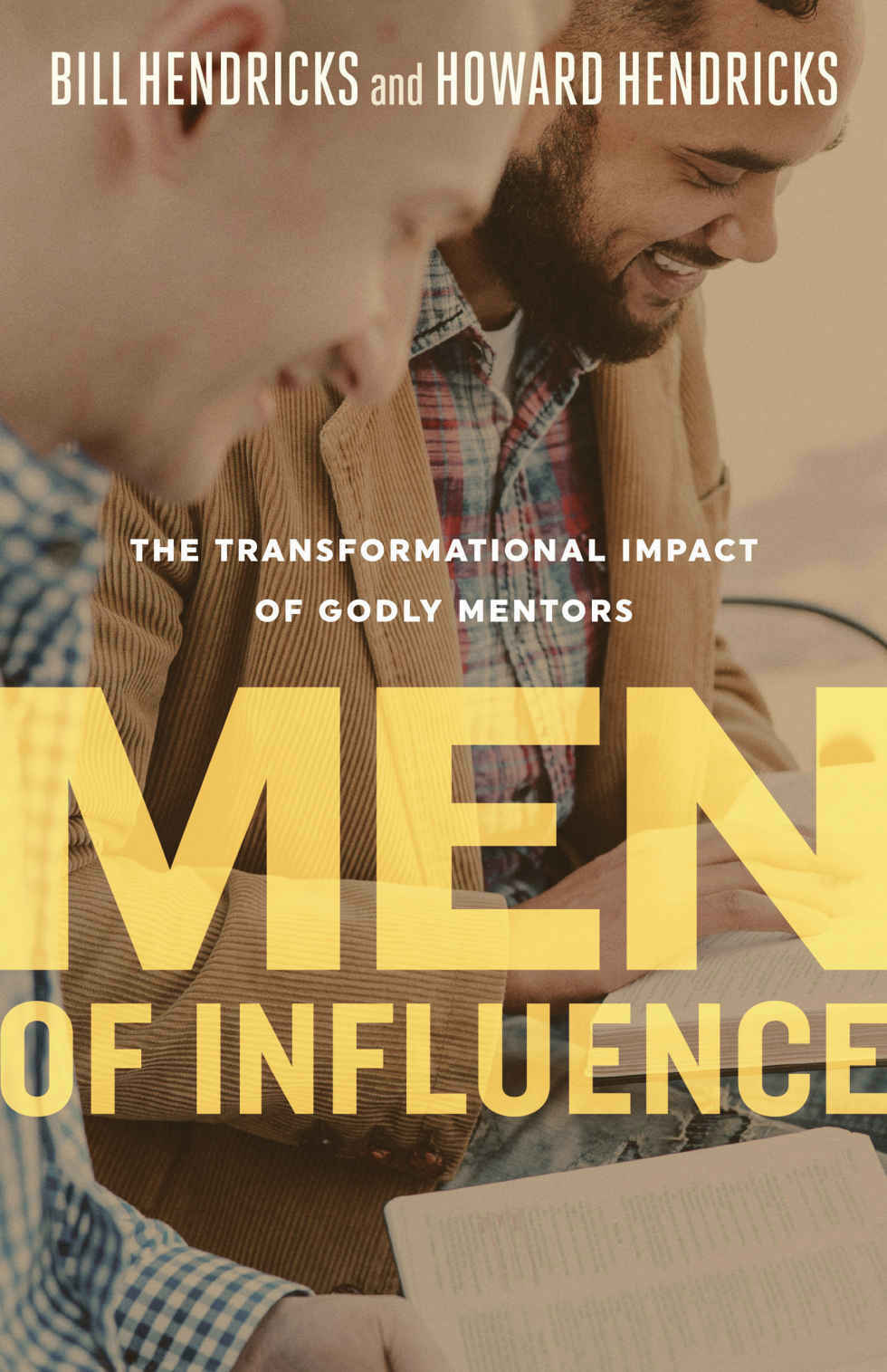The High Calling of Learning

My husband’s birthday falls the day after Labor Day, so we take the opportunity of a long weekend to celebrate.
I invite some of our extended family for dinner on Sunday because the boys will be with us and because none of us have work or school the next day. I plan a meal of lasagna and salad and breadsticks, and then, because Steve loves it, I add “cherry pie” to the menu. I decide on apple pie, too, just in case.
I talk over my plans with my mom on Friday, partly because she will be there at the party in a couple of days, but mostly because I talk over most of my culinary projects with her.
“I guess I am just going to use cherry pie filling,” I tell her, “because I don’t know if I will be able to find fresh cherries at the grocery store. Are they even in season?”
“I don’t know,” she says, considering whether or not she has seen cherries among the grapes and apples and bananas that seem to be always in season somewhere.
“And won’t it take forever to pit all of the cherries if I do find them fresh?” I ask, even though the thought of bright red, sticky, canned pie filling leaves me queasy. I apparently had one-too-many servings of the canned treat topped with a dollop of cool whip during my school-lunch days.
“You could just use canned cherries,” Mom suggests.
“Yeah, that’s what I was planning to do,” I tell her, “Just use the canned cherry pie filling.”
“I don’t mean the canned pie filling,” she says. “I mean canned cherries.”
“Canned pie cherries?” I ask to be sure she doesn’t mean a jar of the bleached-then-dyed maraschino cherries.
“Yes, tart pie cherries,” she clarifies. “They should be in the fruit aisle.”
The thought of making a truly homemade cherry pie for my husband bolsters me. I come from a long line of pie-making women, my mom the last before me. Though she often will say that her sister is better at them, I’ve had too many amazing raspberry pies from my mother’s hand to believe her.
I possibly could have discovered canned cherries on the Internet. In fact, when I decide on a recipe, it says right there in the instructions, “can use 4 cups sweet or tart canned or bottled cherries” as a substitute for fresh. But learning about cherry pie from my mom was not just a fact-finding mission. It was a revelation: I, too, am now a pie maker.
“Much of what we know comes to us that way, passed on from person to person, age after age, surviving in muscle and bone,” Scott Russell Sanders writes, in his essay, “The Common Life,” published in Earth Works. “I learned from my mother how to transplant a seedling, how to sew on a button; I learned from my father how to saw a board square, how to curry a horse, how to change the oil in a car. The pleasure I take in sawing or currying, in planting or sewing, even in changing oil, like my pleasure in making bread, is bound up with the affection I feel for my teachers and respect I feel for the long, slow accumulation of knowledge that informs our simplest acts.”
In his letter to Titus, the Apostle Paul says this kind of shared knowledge does more than just teach us how to live; it actually brings honor to our work, to other people, even to God.
Likewise, teach the older women to be reverent in the way they live, not to be slanderers or addicted to much wine, but to teach what is good. Then they can urge the younger women to love their husbands and children, to be self-controlled and pure, to be busy at home, to be kind, and to be subject to their husbands, so that no one will malign the word of God. Similarly, encourage the young men to be self-controlled. In everything set them an example by doing what is good. In your teaching show integrity, seriousness and soundness of speech that cannot be condemned, so that those who oppose you may be ashamed because they have nothing bad to say about us. (Titus 2:3-8)
We learn in many ways, but could it be true that we learn best when our teachers invest themselves in us? When beyond mere academic exercise, knowledge connects us to each other?
The next day at the grocery store, I easily find the cherries nestled among the canned peaches and pineapple, and the day after that, with my mom joining me in the kitchen, I add almond extract, tapioca, sugar and a few other ingredients to the fruit to make a pie.
The homemade crust turns out too thick and messy, and the apple pie actually looks better, but everyone raves about the cherry filling, and my husband says it the best he’s ever had.
I don’t know who is prouder: my mom or I.
EDITOR'S NOTE: During the late summer and early fall in the United States, students of all ages head back to school. Parents purchase number two pencils in bulk and sign up for school-issued iPads and laptops. College students stack beds into lofts and make last-minute schedule changes. All in the name of learning. But learning isn't just about school. In fact, most of us continue learning long after we've donned cap and gown and matriculated into the workplace. On Thursday mornings in September, we have been exploring learning. Consider inviting a coworker or friend to read these articles with you, and spend some time discussing them together.
Other Posts on Learning
- Learning Across Generations by Deidra Riggs
- Learning to Cook: He Said, She Said by Dena Dyer
- Learning Twice by Dan King
Image by Tim Miller. Used with permission. Sourced via Flickr. Post by High Calling Content Editor, Charity Singleton Craig.






